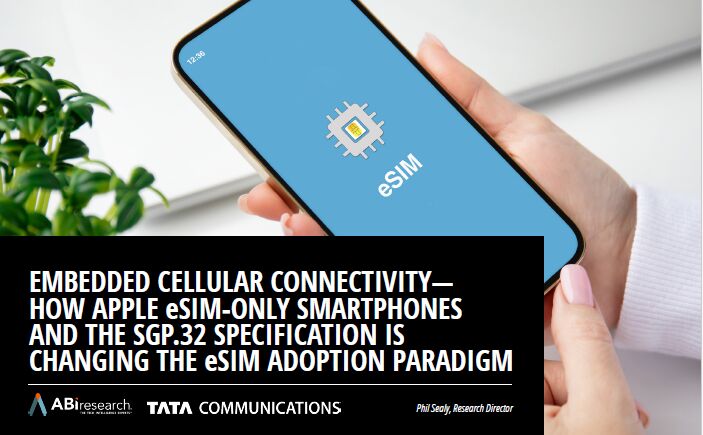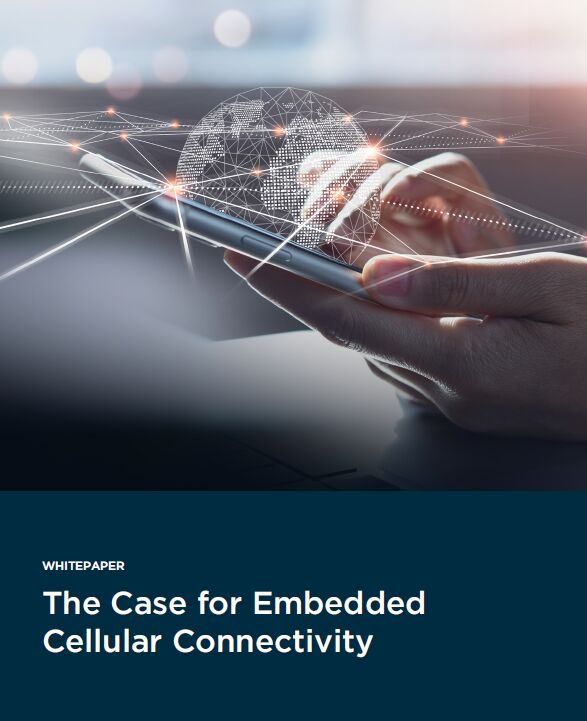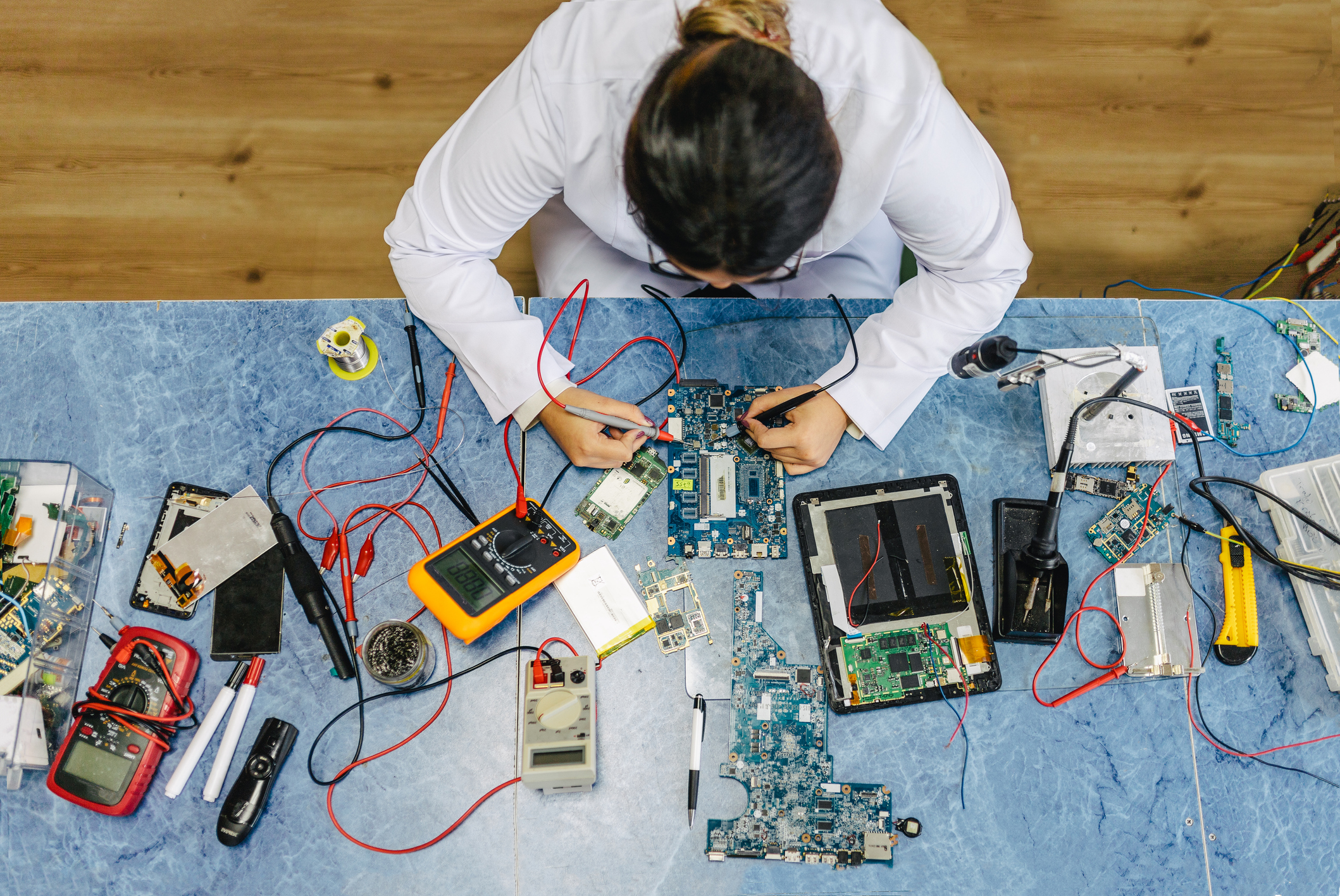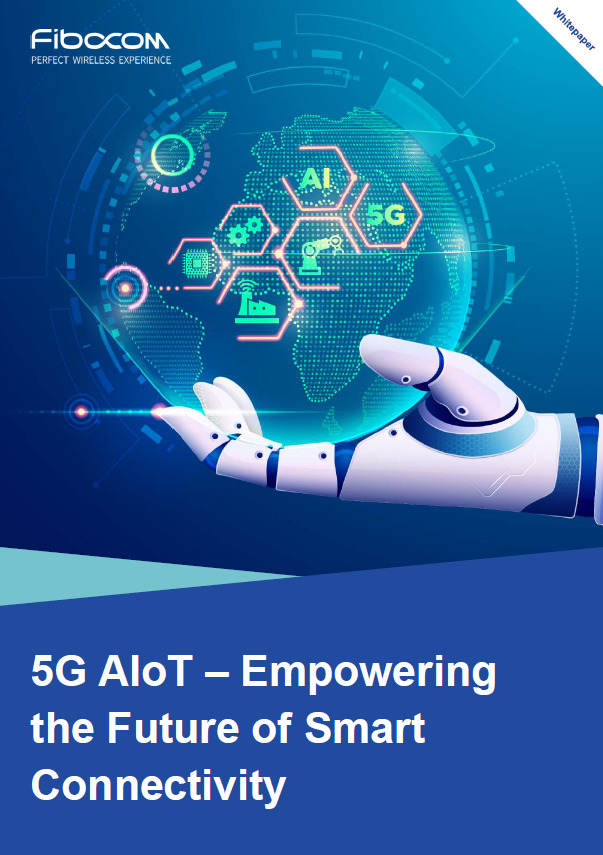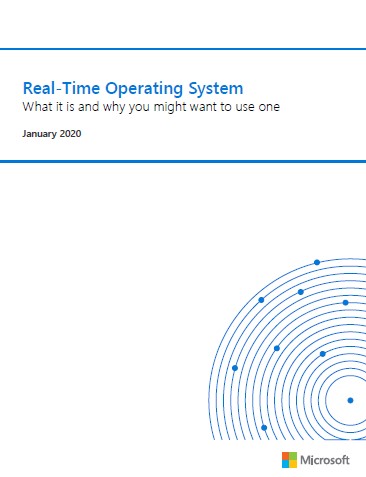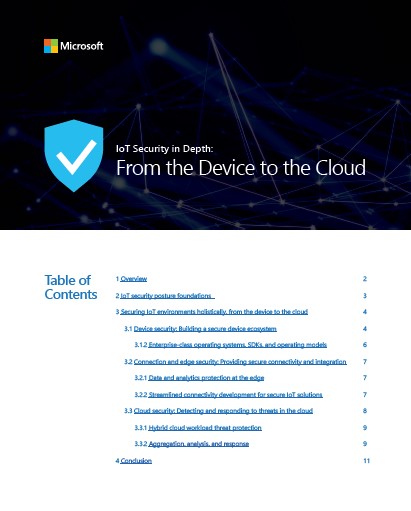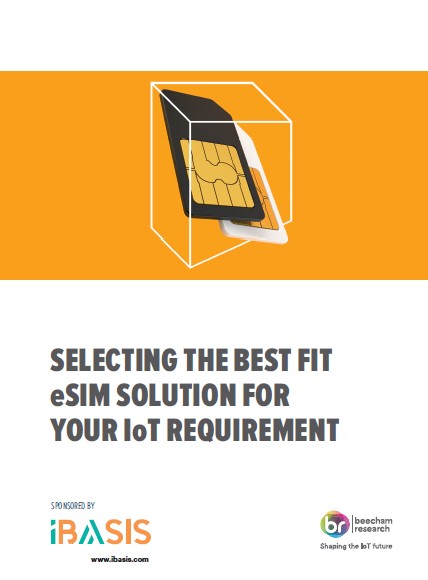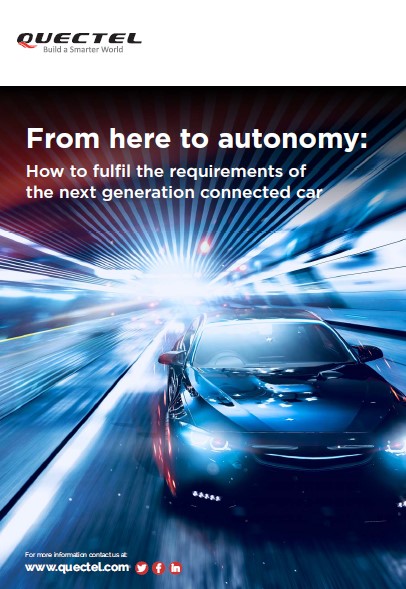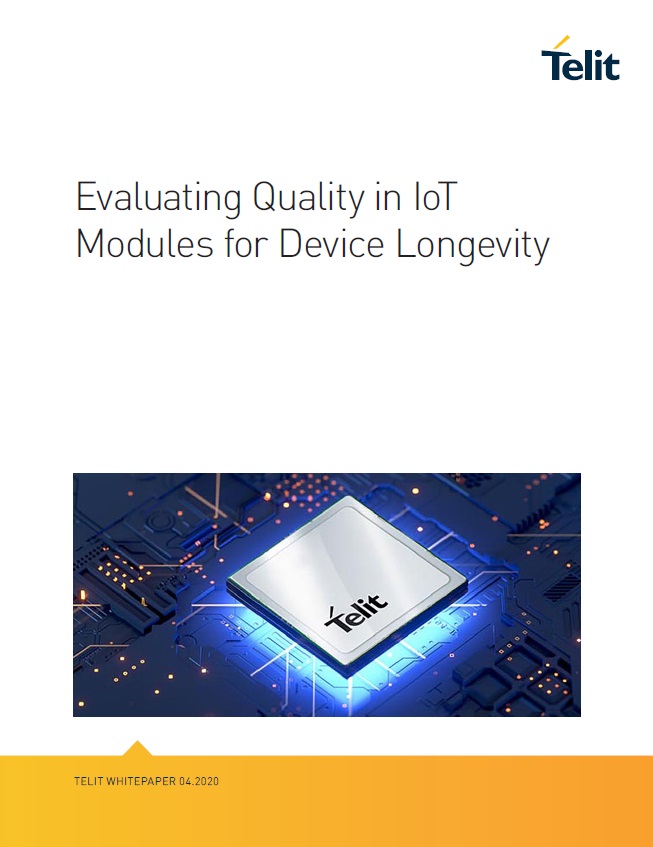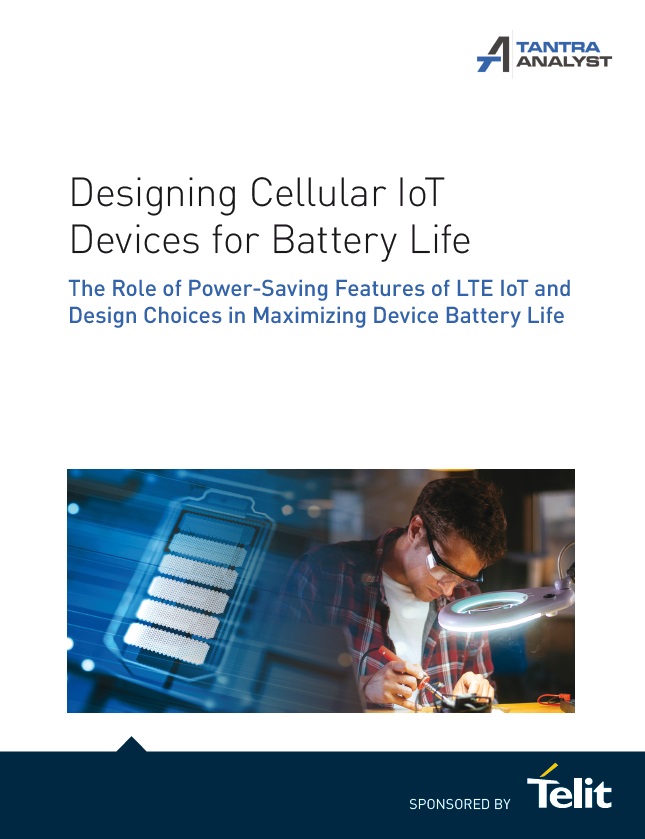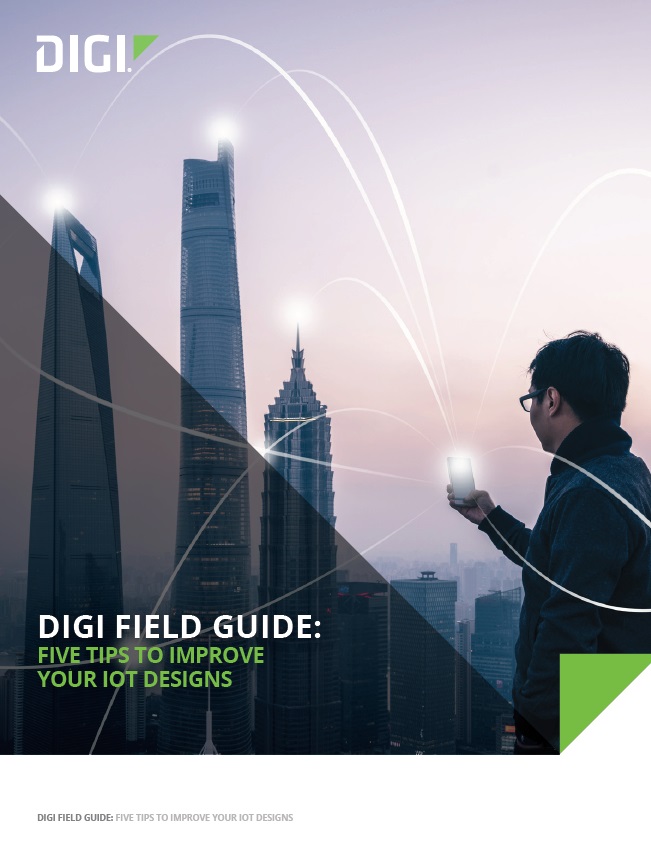Embedded Cellular Connectivity—How Apple eSIM-Only Smartphones and The SGP.32 Specification is Changing The eSIM Adoption Paradigm
Embedded connectivity across consumer, Machine-to-Machine (M2M), and Internet of Things (IoT) applications continue on a positive growth trajectory. In the cellular domain, Embedded Subscriber Identity Module (eSIM) technology adoption, which allows remote selection and switching of carrier networks, has been and will continue to be a major catalyst for growth.
The Case for Embedded Cellular Connectivity
Building connectivity into devices in the factory is becoming increasingly compelling.
Embedding cellular connectivity into devices promises to transform many industries and facets of everyday life. In fact, reliable and persistent connectivity could unlock value across the economy: fleet managers are able to track vehicles continuously, medical devices can transmit patient data directly to healthcare providers, farm machinery can operate autonomously, and consumers can easily monitor their possessions.
How to optimize RF performance for 5G connected devices
Everyone understands that 5G will bring with it a huge uplift in speed and capacity as well as device density per cell to support massive IoT. 5G is fundamentally changing the way we communicate, delivering improved latency and throughput. These benefits, plus network slicing, are just a few ways in which 5G will transform life for businesses and consumers. Central to 5G’s delivery will be antenna technology, and as such, the entire RF front end design layout. This is highly complex and 5G IoT deployments are reliant on optimized antenna and RF performance so 5G can deliver on its promises.
How to test and analyze IP throughput on 5G networks
The promise of 5G is increased speed and capacity through extended mobile broadband (eMBB), but significant challenges exist in terms of spectrum availability which broadly divides 5G deployments into Sub 6GHz and mmWave bands. In 3GPP Release 15, FR1 describes the sub-6GHz spectrum while FR2 describes the range above 24GHz which extends to 100GHz – and beyond. Spectrum therefore has a significant effect on the throughput that 5G networks can achieve.
5G AIoT – Empowering the Future of Smart Connectivity
The combination of Artificial Intelligence (AI) and the Internet of Things (IoT), dubbed AIoT, opens up new possibilities for how we collect, analyze and react to data, promising an era of smarter, faster decision-making. Using clusters of AI-empowered IoT devices, computing will shift to the edge, where high-speed data processing will enable lightning-fast adjustments to processes, workflow and productivity.
Real-Time Operating System: What it is and why you might want to use one
With the rapid growth of the IoT and the number of new devices being developed to take advantage of it, it’s becoming more and more likely that you will consider using an RTOS in the near future. The remainder of this article will explore the overall RTOS value proposition, both pros and cons, so you can consider whether an RTOS would be beneficial for your next product development project.
IoT Security in Depth: From the Device to the Cloud
By forging new links between the cyberworld and the physical world, IoT creates a paradigm shift that dramatically increases the scope of security. As organizations rush to adopt IoT, novel security challenges abound, amplified by an enormous diversity of hardware, software, services, and deployment locations. In fact, while 91 percent of IoT decision-makers report plans to increase the number of their connected devices by more than 15 percent within two years, they cite security as the greatest concern for deploying IoT technologies.
Threats to devices, applications, services, connections, and data must be addressed holistically across the IoT infrastructure to create a consistent security posture across IoT devices, the edge, the cloud, and the connections between all those elements.
Cellular IoT Means eSIM?
Up to now, IoT has always had to use standard plastic SIMs ,
but eSIM is changing all that with the potential for increased
openness and flexibility.
“From here to autonomy: How to fulfil the requirements of the next generation connected car”
This white paper sets out the promise of connected vehicles, assesses the technical and commercial challenges they face, and considers the road ahead. Read on for detail on where the opportunities in connected driving lie, which forms of connectivity are set to enable the next generation of automotive services, and how Quectel - the global market leader in automotive IoT modules - can support those planning a move into this space.
Download your free copy here.
Evaluating Quality in IoT Modules for Device Longevity
Considering the critical role they play in a successful IoT deployment, cellular IoT module function must always be appropriate, consistent and sustainable. These small communication adapters and computing devices allow physical objects to connect and interact with wireless networks as they transmit the data that devices sense, collect and store.
Designing Cellular IoT Devices for Battery Life
The Role of Power-Saving Features of LTE IoT and Design Choices in Maximizing Device Battery Life
DIGI FIELD GUIDE: FIVE TIPS TO IMPROVE YOUR IoT DESIGNS
This field guide provides an overview of five ways to improve the design of your wireless IoT product, get to market faster, and increase the reliability of your solution. While this document focuses on the unique challenges of cellular technology, the concepts apply to any wireless technology (e.g. LTE-M, NB-IoT, Bluetooth Mesh, or ZigBee, for example).

